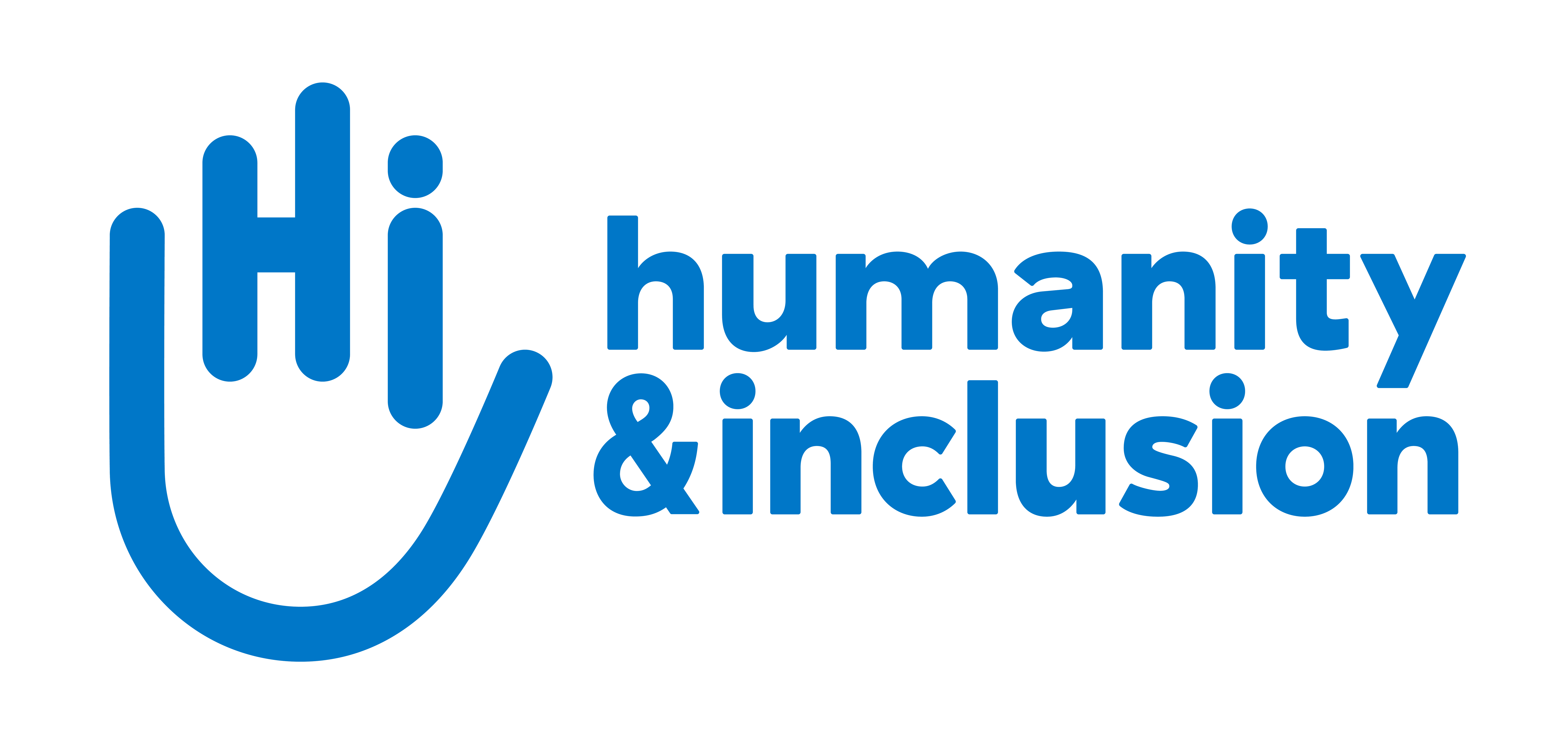Being a child with a disability in a refugee family
11 year-old Abd Alnor has been living with developmental delays and learning difficulties since birth. After fleeing Syria in 2013, his family was unable to find the specific care he needed until they met Humanity & Inclusion (HI) teams. A great help as refugees can have difficulties…

Abd Alnor at the centre with his mother and physiotherapist | © HI
After fleeing to Jordan in 2013, Abd Alnor’s mother struggled to find affordable rehabilitation services for her son. Abd Alnor did not receive treatment for long time...
Discovering her son’s disability
The mother was shaken during Abd Alnor’s first seizure: he was 2 years old. She rushed to the hospital where doctors diagnosed epilepsy and developmental delay.
Abd Alnor started to stand upright at the age of 4 and now has difficulty with daily activities, especially in fine motor activities such as dressing and moving his hand. His mother has suffered from her son’s isolation. She said:
“He doesn’t want to interact with other children and can't play with others.”
Finding accessible services
The family lives in a rented basement with Abd Alnor’s 3 brothers and sisters near the Irbid refugee camp. They use a wheelchair to go outside with Abd Alnor.
During their rounds, HI community based volunteers met the family and informed them about the accessible services at Basma Hospital, HI’s partner hospital in Irbid city. With HI’s support, Abd Alnor resumed his therapy.
It has been a great change for this family as many refugee families can face serious difficulties to access health services.
A long and complete therapy
Physical therapy aims to increase power of the trunk muscles in order to be more independent from sitting to standing. The occupational therapist has helped him to be more independent in daily activities such as washing, dressing, etc.
The psychosocial worker helped Abd Alnor to interact with people around and to be able to play with toys.
"Abd Alnor now interacts more with others and tries to play with children. He didn’t feel isolated and wasn’t ashamed, says his mother. The effect of psychosocial therapy is like magic.”
Visible progress
Abd Alnor is beginning to improve his movement, especially in the transfer from sitting on the floor to standing. Dressing and grooming are even more difficult for him.
He now tries to hold the laces of his shoes by himself and enjoys playing with the sand in the center with the occupational therapist. He likes building castle in the mud. Her mother says:
"I’d like to see my son do it all by himself."





